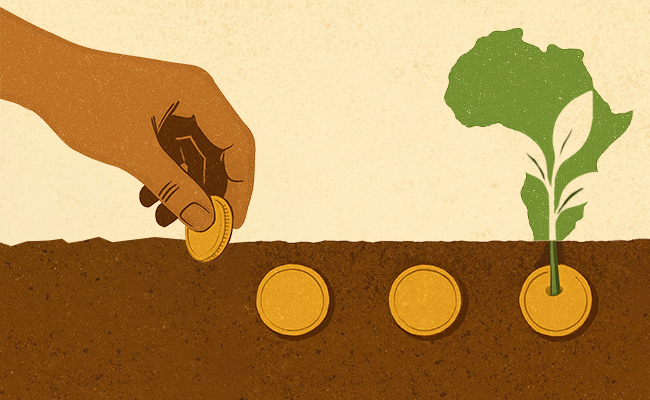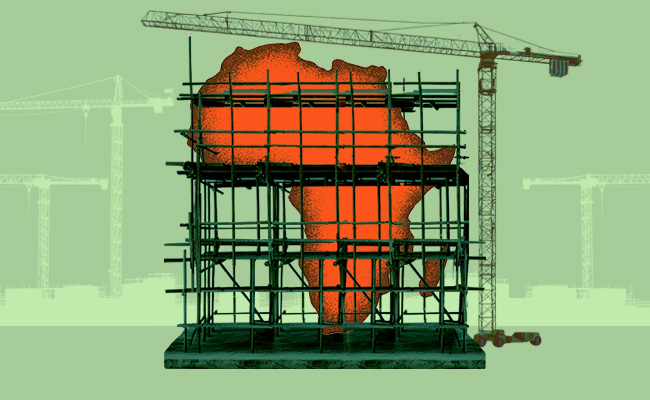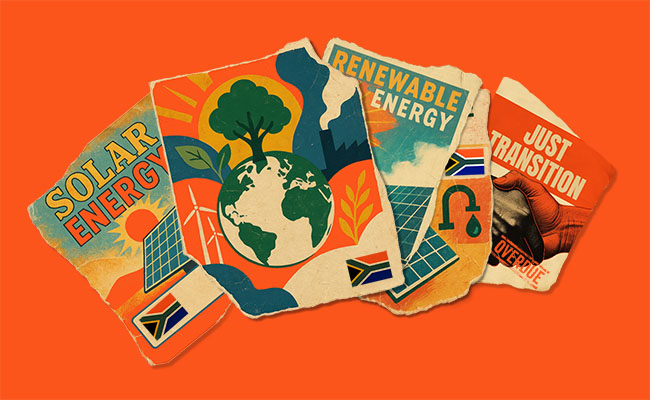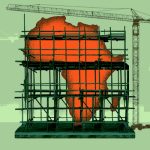Africa’s enduring challenge has been converting resource wealth into lasting value – for today and future generations.
One strategic tool with global traction is the sovereign wealth fund (SWF), a vehicle designed to preserve and grow national capital. Globally, SWFs manage an estimated $13-trillion to $14-trillion in assets, spanning ethical exemplars like Norway’s fund to opaque, politically exposed entities in fragile states.
Norway’s Government Pension Fund Global (GPFG) is the gold standard. It channels oil revenues into a professionally-managed, transparent portfolio of global assets, owning roughly 1.5% of global equities and nearly 15% of global SWF assets. Its governance is strict, ESG-integrated and publicly accountable. The fund was built on oil and gas revenues, and, somewhat ironically, in 2015 Norway stated that it would no longer invest in coal.
Then there’s Singapore’s Temasek and GIC, which offer a different model of strategic investment arms backing domestic champions and global ventures in biotech, fintech and infrastructure. Their mandate aligns financial returns with national development goals.
For Africa, the question isn’t just whether SWFs are worth it, but whether they can be designed to deliver real impact in complex, often volatile environments.
Already, the continent hosts more than 20 SWFs, managing an estimated $300bn. Mandates vary, with some structured as stabilisation funds and others as strategic investment vehicles, blending public and private capital. The largest is Ethiopian Investment Holdings, with $45bn in assets. For context, Ethiopia’s fund holds just over 2% of Norway’s GPFG assets.
Nigeria’s Sovereign Investment Authority, launched in 2013 with $1bn seed capital, invests in toll roads, renewable energy and health care. It’s been praised for professionalism and transparency, but only about $2bn has been allocated from the country’s excess crude account to the fund’s coffers. In 2020, Nigeria withdrew $150m to buffer Covid-related fiscal shocks, highlighting its stabilising role but raising concerns for its sustainability.
Senegal’s Sovereign Fund for Strategic Investments uses a hybrid model to co-invest in agriculture, housing and digital infrastructure. It aligns with the UN’s social development goals and uses blended finance to derisk strategic sectors. The fund has signed a joint institutional declaration with the Spanish Development Financing Company aimed at attracting additional investment capital, bolstering Spanish private investment in Senegal and across the West African region.
Kenya’s Sovereign Wealth Fund, legislated in 2023, is structured around stabilisation, infrastructure investment and savings for future generations. Seed capital is expected from privatising state assets, starting with the Kenya Pipeline Company, targeting $1bn.
As for South Africa, its Sovereign Development Fund remains aspirational. In 2024, President Cyril Ramaphosa acknowledged its potential but noted that “the conditions do not currently exist” to establish one. The key constraint, as he stated, is a lack of surplus capital.
Overcoming obstacles
This is probably the biggest hurdle, continent wide. As Ramaphosa noted, SWFs rely on surplus funds, which are scarce in high-debt environments. Sub-Saharan Africa’s debt-to-GDP ratio exceeds 58%, with steep debt servicing costs leaving little wiggle room for surplus.
Political exposure also undermines credibility. Angola’s FSDEA faced governance controversies and politically linked appointments. Libya’s fund remains frozen due to instability and sanctions, rendering billions in assets inaccessible.
And a confusion in mandates contributes to sub-par performance. Ghana’s Heritage and Stabilisation Fund, for example, suffers from frequent budget withdrawals, blurring its long-term savings role.
Yet, when well-designed and fit for purpose, SWFs are powerful tools for converting volatile resource revenues into long-term capital. They hedge against commodity price swings and currency fluctuations, and can finance critical domestic infrastructure. Properly executed, they attract co-investment from development finance institutions and global investors.
This is why the African Sovereign Investors Forum (Asif), launched in 2022 with 17 members, is such a promising development.
Asif aims to pool sovereign capital for regional infrastructure. Letters of intent have been signed and a project pipeline methodology established, though tangible investments are still pending.
SWFs are no silver bullet, but they can transform futures. For African nations, the challenge is moving beyond symbolism towards strategic, accountable and impactful capital deployment.
Clearly, to be worth it, SWFs must be done well. Resource wealth must transparently benefit ordinary citizens and SWFs can help make that happen, if governance, strategy and transparency are front and centre.
Sign up to Currency’s weekly newsletters to receive your own bulletin of weekday news and weekend treats. Register here.













